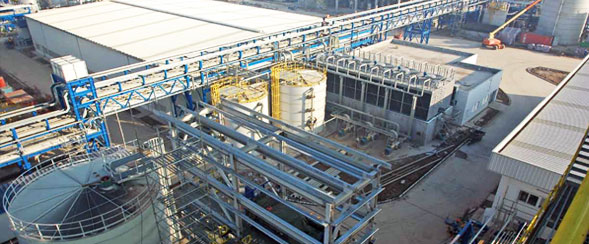80 percent of world output of lithium, which is, along with tungsten, antimony, graphite, one of the kinds of rare earths, is produced by just four companies. In fact, a closer look reveals that lithium has also something in common with potash. The recent bid by US chemicals company Rockwood for Australian-based lithium producer Talison could well be considered as an indication that the ‘exclusive’ lithium club may seek to encourage its members to ‘co-opt’ smaller players from the field to ensure that they do stick to the rules imposed by the leading suppliers. The similarity with the potash sector is quite obvious if one looks at the particular case of Potash Corp that was widely seen as being displeased at the idea of having any new independent companies operating in the field in North America. As it happened, one smaller competitor was progressing with its project aiming at increasing the amount that Potash Corp would have to offer to take it out. While this particular bid did not materialize, it may serve as a good indication that, unlike in the bigger markets – such as gold, copper or nickel – the markets involving small minerals are not characterized by the free-for-all principle.
Having said that, the lithium market is dominated by Reed Resources, an Australian company founded in 2002. The company has prospered largely due to its chairman, David Reed, who had established his own stockbroking company in Perth as early as in 1963 and went on to do prospecting and founding other exploration companies. Reed Resources has already exited from the gold and iron ore sectors to focus on precious metals, namely lithium and titanium. Reed Resources is operating in a business sector which is run as a so-called “lithocracy”, meaning that it involves a small ‘exclusive’ club consisting only of few players, namely Soquimich and the German company, Chemetall, which is now part of Rockwood. Other big ‘guys’ on the field include also the Chinese-owned Talison and the US agrochemical major FMC operating in Argentina. Against this backdrop, though the emergence of Reed Resources as a lithium producer constitutes a challenge for the major players, it would be a much bigger problem if Reed ran also a downstream component that would then clash with the existing model of the Chinese dominating the mid-stream. A likely scenario is that the major players may try to buy Reed Resources sooner rather than later while the Australian company will attempt to resist the takeover, with the shareholders hoping to reap a much higher price tag later.




